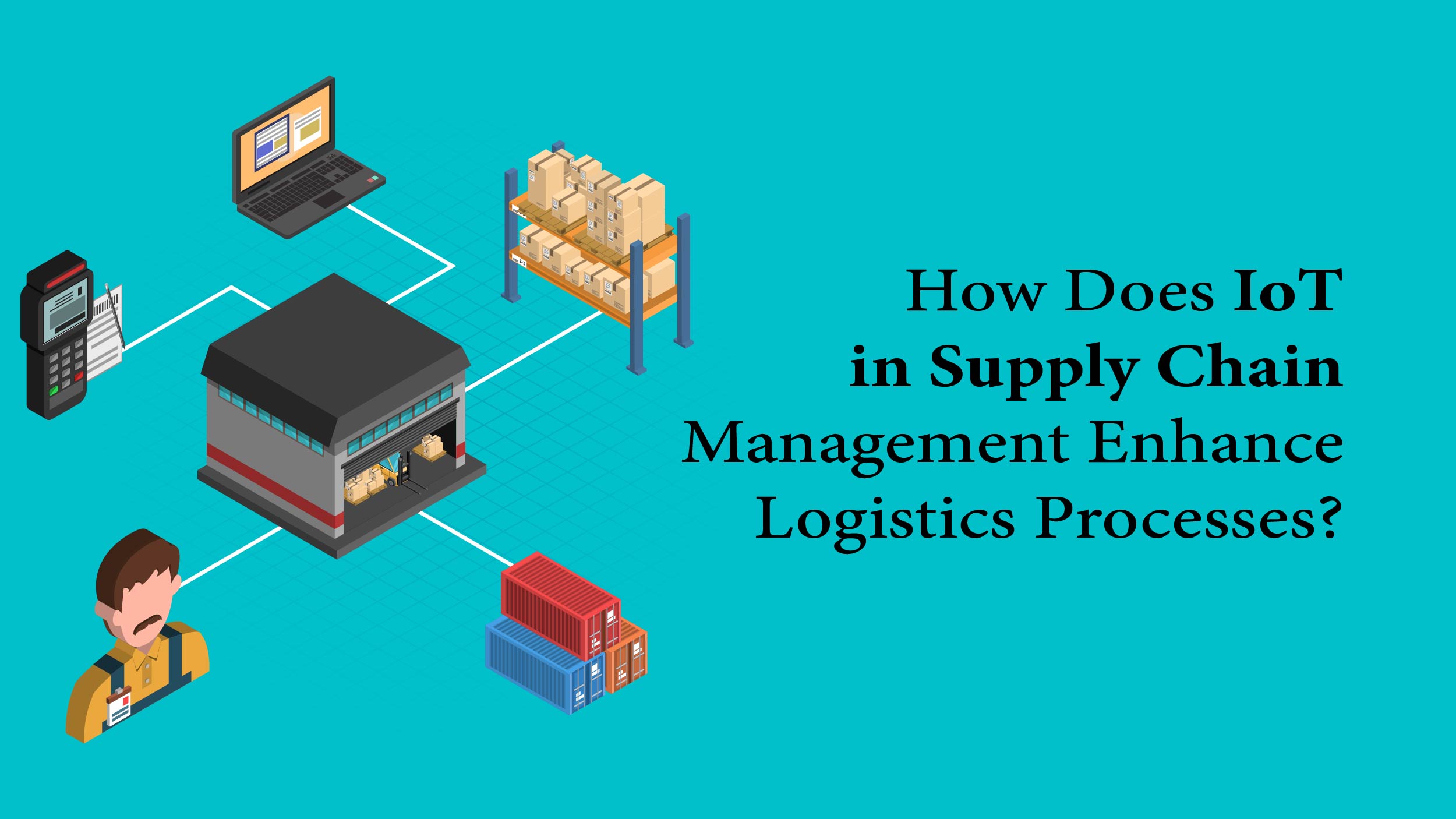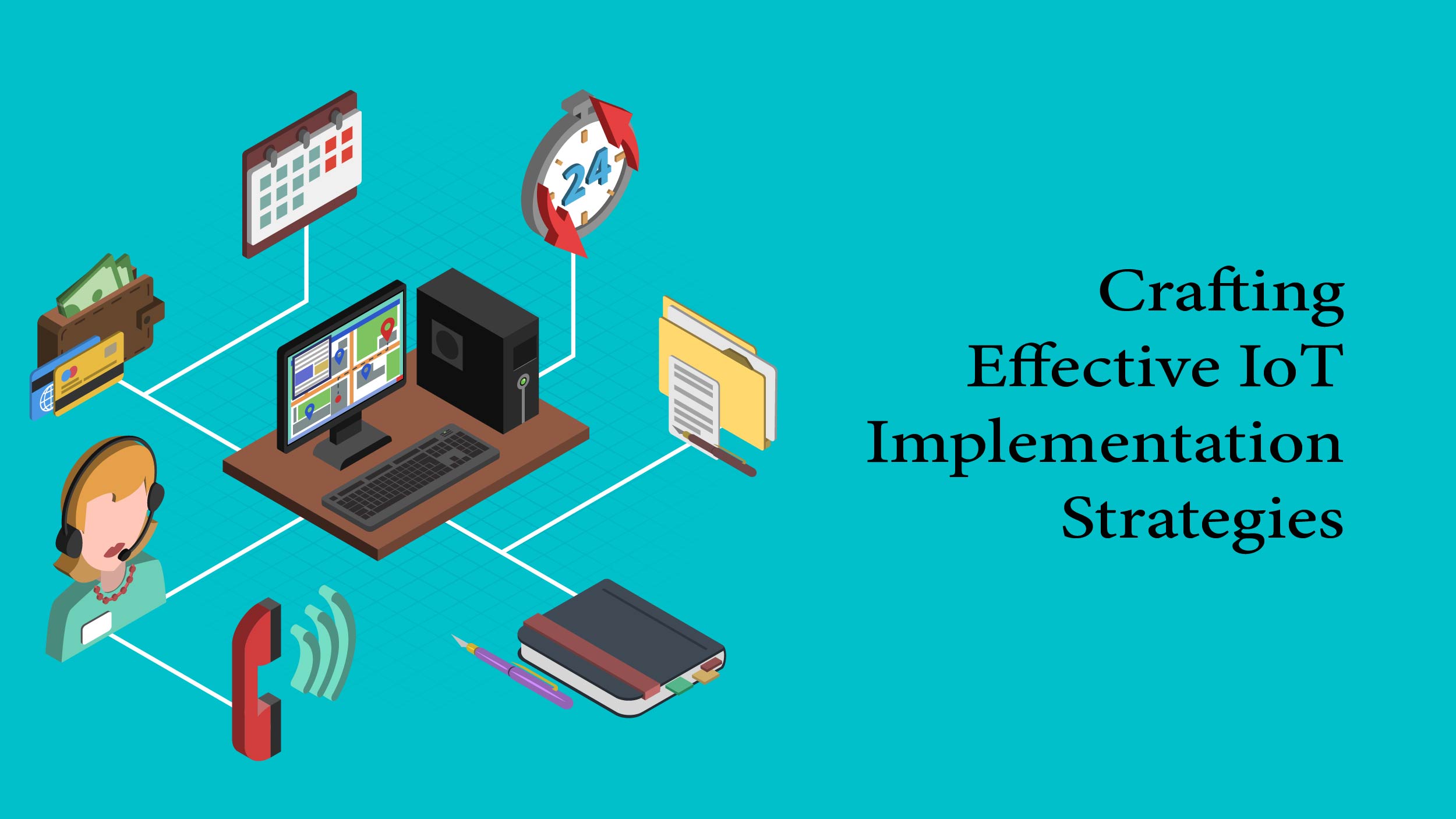The Internet of Things (IoT) has emerged as a game-changer in the world of supply chain monitoring, revolutionizing how businesses operate and optimize their logistics processes. By seamlessly connecting devices, sensors, and data analytics, IoT in supply chain enables real-time tracking, monitoring, and management of goods, leading to increased efficiency, cost savings, and improved customer satisfaction. In this introduction, we will explore the transformative impact of IoT on supply chain operations and delve into the key benefits it brings to businesses in today’s highly competitive market.
What is IoT in supply chain management?
IoT in supply chain management refers to the integration of Internet of Things devices and technologies to optimize and streamline various aspects of the supply chain. These devices, such as RFID chips, smart devices, and sensors, enable real-time tracking, monitoring, and management of products and shipments using GPS and other technologies.
By leveraging IoT, businesses can enhance quality management, improve inventory control, increase operational efficiency, and ensure transparency throughout the supply chain. IoT in supply chain management offers benefits such as improved visibility, enhanced decision-making, cost savings, and better customer satisfaction. It is transforming the way businesses operate and manage their logistics processes, leading to increased efficiency and profitability in today’s competitive market.
How Does IoT in Supply Chain Management Enhance Logistics Processes?

IoT revolutionizes supply chain management in several key ways:
- Real-time tracking and monitoring: Through IoT-enabled sensors, GPS trackers, and connected devices, businesses gain the ability to track assets like vehicles, containers, and packages in real-time along the supply chain. This heightened visibility ensures accountability and offers insights into the location and condition of goods at any given moment.
- Process automation: IoT solutions streamline tedious and intricate tasks within logistics and supply chain management. For instance, they can automate documentation processes such as bill-of-lading processing and warehouse operations, cutting down on human errors and effort while ramping up efficiency and precision.
- Improved inventory management: IoT devices furnish precise and current data on inventory levels, empowering businesses to fine-tune their inventory management practices. With real-time insights into stock levels, businesses can mitigate stockouts, minimize surplus inventory, and refine overall supply chain efficiency.
- Enhanced quality management: IoT devices monitor the environmental conditions in which products are stored, including factors like temperature, humidity, and movement. This ensures that products remain in optimal conditions, mitigating the risk of damage or spoilage. By upholding quality standards throughout the supply chain, businesses boost customer satisfaction and curb waste.
- Optimized asset utilization: IoT equips businesses to optimize the utilization of their assets, such as vehicles and equipment. By gathering data on asset usage, performance, and maintenance requirements, businesses can make informed decisions to enhance asset utilization, minimize downtime, and bolster operational efficiency.
- Improved decision-making: The IoT generates copious amounts of data ripe for analysis, yielding valuable insights for data-driven decision-making. By harnessing IoT data analytics, businesses can identify patterns, trends, and inefficiencies within their logistics processes, enabling proactive decision-making and optimization of supply chain operations.
In essence, IoT integration into supply chain management elevates logistics processes by providing real-time visibility, automating tasks, refining inventory management, ensuring quality, optimizing asset utilization, and facilitating data-driven decision-making. By leveraging IoT technologies, businesses unlock greater efficiency, cost savings, and customer satisfaction across their supply chain operations.
Also Read: Top 7 Ways AI In Supply Chain Is Revolutionizing Productivity in 2024
3 Best Use Cases of IoT in Supply Chain Management
In today’s dynamic industry landscape, IoT seamlessly integrates with the core processes of supply chain and logistics, driving efficiency and innovation. Here are some notable industry applications:
- Smart Warehouse: Revolutionizing traditional warehouse operations, smart warehouses leverage machines and computers to automate tasks such as rack shifting and labeling previously handled by humans. Amazon, for instance, employs robots equipped with QR code navigation to swiftly maneuver and lift heavy loads. Humans collaborate with these robots, focusing on tasks requiring dexterity and problem-solving. This IoT-enabled automation has empowered Amazon to store 50% more stock, retrieve inventory three times faster, and reduce fulfillment costs by 40%.
- Remote Container Management (RCM): RCM technology facilitates the real-time monitoring of refrigerated containers, tracking factors like location, temperature, humidity, and power connection status during transportation. Leading shipping and logistics firm Maersk utilizes RCM to mitigate the spoilage of perishable cargo and minimize resource wastage. By monitoring environmental conditions en route, Maersk optimizes logistics planning and ensures cargo integrity.
- Predictive Maintenance Solutions: Leveraging sensors, AI, and data science, predictive maintenance solutions optimize equipment upkeep, minimizing maintenance costs, and maximizing uptime. Volvo Group’s engine plant in Lyon, France, employs an IoT-based predictive maintenance solution known as Fluid Monitoring. This system monitors the five engine test cells within the factory, alerting maintenance teams before potential issues arise. By preemptively addressing maintenance needs, Volvo Group avoids disruptions to engine tests, saving considerable time and resources.
These innovative IoT applications underscore the transformative potential of technology within the supply chain and logistics industry, driving operational excellence and cost efficiencies while enhancing overall performance.
Crafting Effective IoT Implementation Strategies

Implementing IoT within your business operations demands meticulous planning, strategic investments, and tailored solutions. Merely acquiring and installing smart devices won’t suffice to harness their full potential for business optimization and other benefits. Here are the essential steps for successful IoT integration:
- Evaluate Business Scale and Needs: Begin by comprehensively assessing the scale and requirements of your business. Understand the specific challenges, opportunities, and objectives that IoT implementation aims to address.
- Plan Smart Infrastructure: Develop a blueprint for a “smart” infrastructure tailored to your business needs. Identify areas where IoT solutions can deliver maximum impact and efficiency improvements.
- Establish Data Center Infrastructure: Set up a robust data center infrastructure capable of processing and storing the vast amounts of data generated by IoT devices. Ensure scalability and security to accommodate future growth and protect sensitive information.
- Deploy Smart Devices: Acquire, install, and integrate smart devices such as cameras, trackers, routers, and sensors into your infrastructure. Ensure seamless connectivity and compatibility with existing systems.
- Configure Software Solutions: Implement and configure software solutions to manage and optimize IoT hardware functionality. This includes ensuring proper communication protocols, data transmission, and interoperability between devices and systems.
- Data Processing and Analysis: Develop processes to transform raw data collected from IoT devices into structured, actionable insights. Utilize analytics tools and algorithms to analyze data patterns, trends, and anomalies for informed decision-making.
This framework provides a foundational strategy for IoT implementation, but it must be tailored and refined according to the unique requirements and objectives of each business. Adaptation and customization are essential to maximize the benefits of IoT technology within your organization.
Final Words
IoT in supply chain management revolutionizes how businesses operate and optimize their logistics processes. By seamlessly connecting devices, sensors, and data analytics, IoT brings numerous benefits to the supply chain, including real-time tracking, monitoring, and management of goods. The enhanced visibility and transparency provided by IoT enable businesses to improve decision-making, automate processes, and optimize inventory management. Additionally, data analytics in supply chain facilitates quality management by monitoring storage conditions and reducing waste through proactive measures. Furthermore, IoT enables businesses to optimize asset utilization, reduce downtime, and increase operational efficiency.




